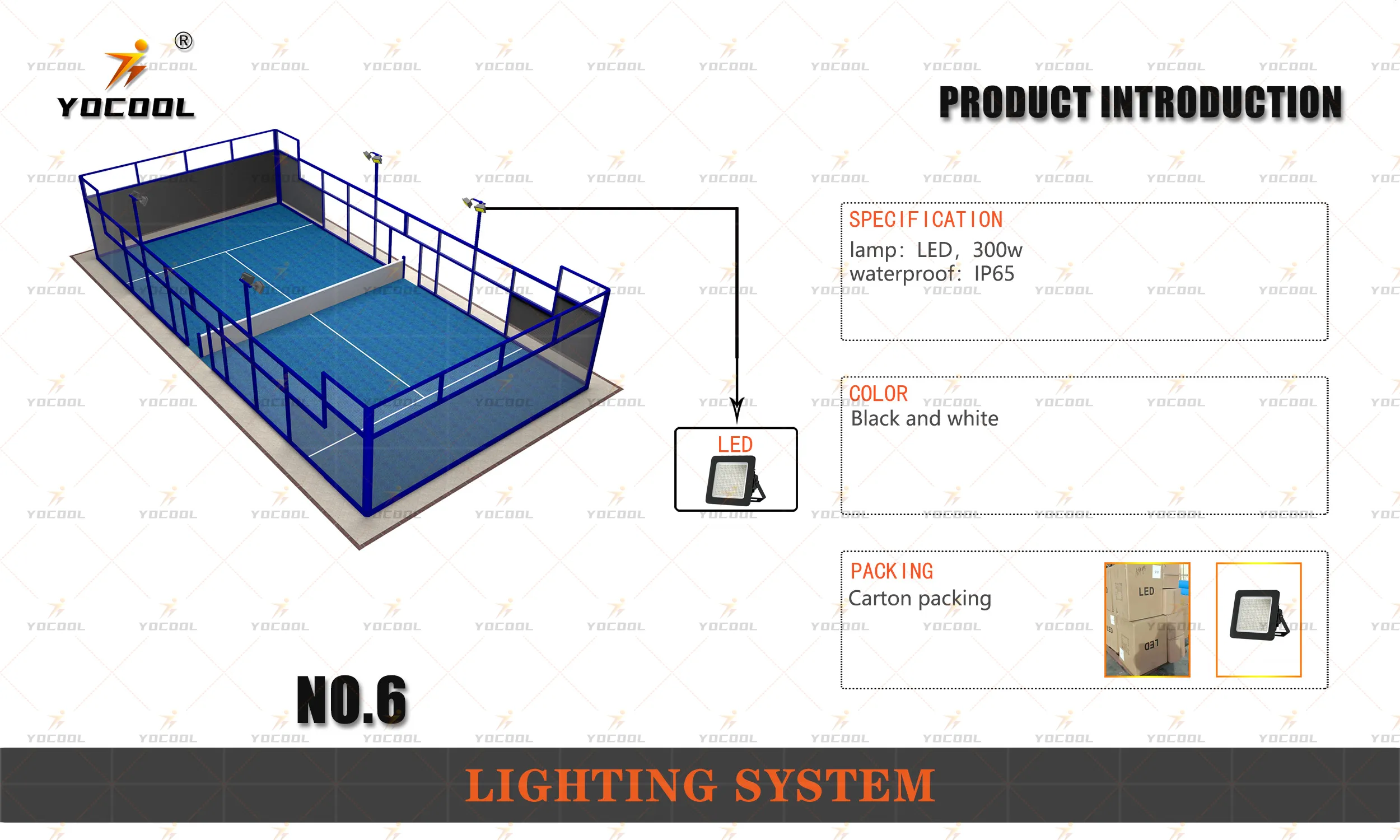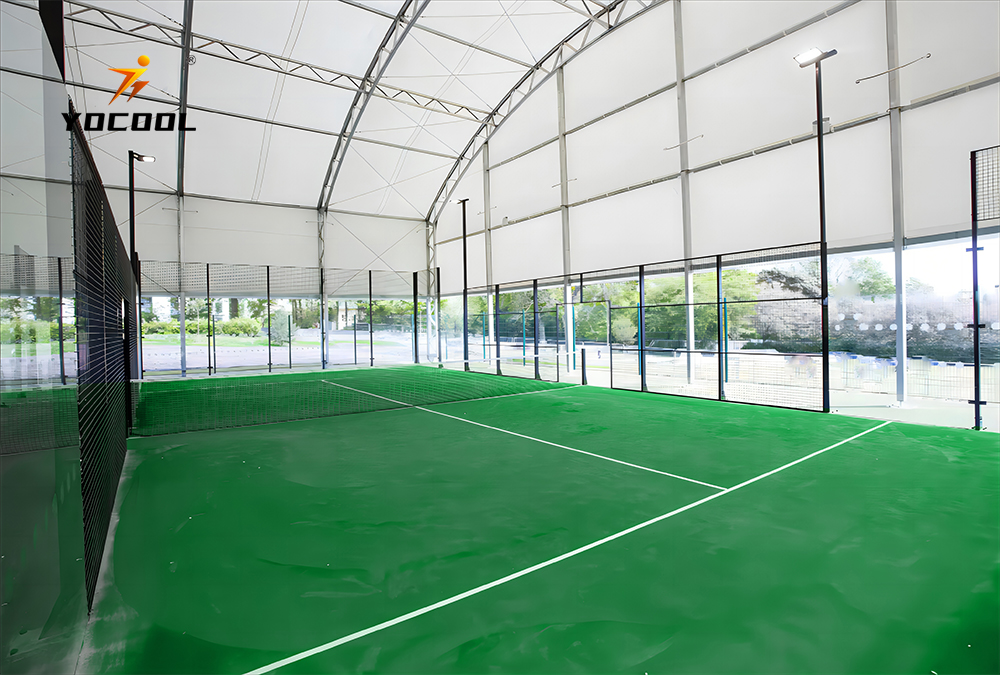Padel courts have become increasingly popular around the world, offering an exciting and dynamic twist on traditional racquet sports. This unique game, which blends elements of tennis and squash, is attracting players of all ages and skill levels who are eager to experience its fast-paced and engaging nature. For anyone considering installing or maintaining a padel court, it’s crucial to understand the various aspects that contribute to an exceptional playing environment.

The first thing to consider is the choice of materials. The surface of a padel court needs to provide excellent traction and durability while minimizing the risk of injury. High-quality artificial grass specifically designed for padel is a popular choice, as it not only withstands intense play but also offers a consistent ball bounce. The underlay should be shock-absorbent to enhance player comfort and reduce fatigue during long matches.
Equally important is the construction of the surrounding walls, which differentiate padel from other sports. These walls are typically made from a combination of glass and mesh, allowing for the signature rebounds that are a hallmark of the game. It’s imperative that the glass used is shatterproof and compliant with international safety standards to ensure both player safety and durability. Mesh sections should be constructed from high-strength materials to prevent wear and tear over time.

Lighting plays a crucial role in enhancing the playing experience, especially for evening games. LED lights designed specifically for padel provide superior illumination without creating glare or shadows, ensuring that players can track the ball effectively night or day. The positioning of lights is also important, with optimal setups featuring fixtures strategically placed to cover the entire court uniformly.
padel court
Maintenance is another critical aspect of managing a padel court. Regular cleaning and inspection not only keep the court looking pristine but also extend its lifespan. This includes checking the turf for signs of wear, maintaining the integrity of the wall structure, and ensuring that nets and posts are secure and in good condition. Implementing a consistent maintenance schedule helps prevent minor issues from becoming costly repairs.
Additionally, the environment around the padel court should be conducive to both play and spectator enjoyment. Comfortable seating, adequate spacing around the court, and amenities such as water fountains or cooling areas enhance the overall experience, encouraging longer visits and increased participation.
Expert consultation from professionals in the padel industry can provide invaluable insights into optimizing court design and functionality. A professional with industry experience can tailor solutions to specific needs, ensuring that the final product aligns with both international standards and local preferences.
By focusing on these critical areas, those involved in the creation and maintenance of padel courts can ensure a high-quality environment that attracts and retains players. Not only does this enhance the enjoyment of the game for enthusiasts, but it also establishes a strong foundation for the growth of padel as a sport in new regions. With the right approach, a padel court can become a hub of activity, fostering community engagement and promoting a healthy lifestyle through sport.



